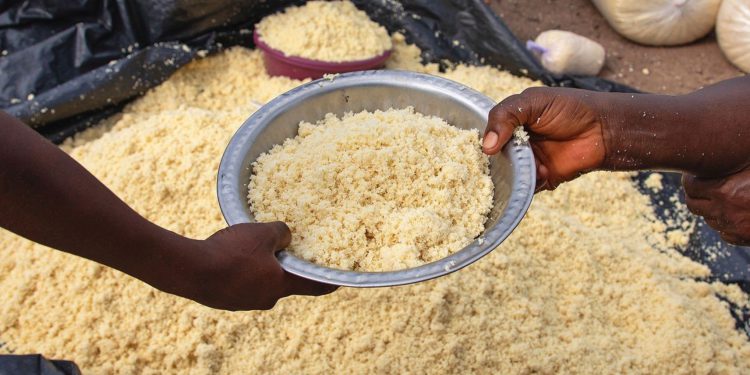The Economist says that Covid-19 had a counter-intuitive effect on food prices. In early 2020, when much of the world went into lockdown, the fear was that stockpiling and closed borders would cause prices to rise. Instead they barely budged. It was only months later, when the pandemic seemed to ease off in the rich world and economies reopened, that prices started to climb alarmingly fast. By May 2021 they had reached their highest point since 2011, after rising by 40 per cent in 12 months, according to an index from the UN’s Food and Agriculture Organisation.
In 2022 the same forces that created this surge will continue to cause trouble, which means there is little chance that prices will cool. A key factor explaining the boom is an outbreak of swine flu in China in 2018, which reduced its pig herd by half. That forced the country to import a lot of pork and alternative sources of protein (chiefly poultry and fish), along with the grain to feed them, throughout 2019 and 2020, reducing global stocks. The ensuing restocking seemed to be nearly over by the middle of 2021, but evidence that the disease has been spreading again is feeding fears of another cull. Those doubts will persist in 2022, helping to keep food markets volatile.
Dearer agricultural commodities will cause great harm in developing countries, because their populations eat much less processed food: more eggs and coarse grain, fewer chocolate bars and ready-meals. And processing margins there are often thinner. The harm will be exacerbated by other problems that hit poor countries the hardest, such as the depreciation of local currencies, covid-related restrictions and disruptions, and the loss of household income because of the pandemic and its fallout. A powerful remedy would be vaccination, so that economies outside the rich world can reopen for good and their incomes start to rise again. Unfortunately the prospects for rapid progress on that front are dim.























